Electrical Engineering (1st)
These projects are at the midpoint of a two-semester sequence. They are not complete.
E1.01 Radiation Tolerant GPU Architecture
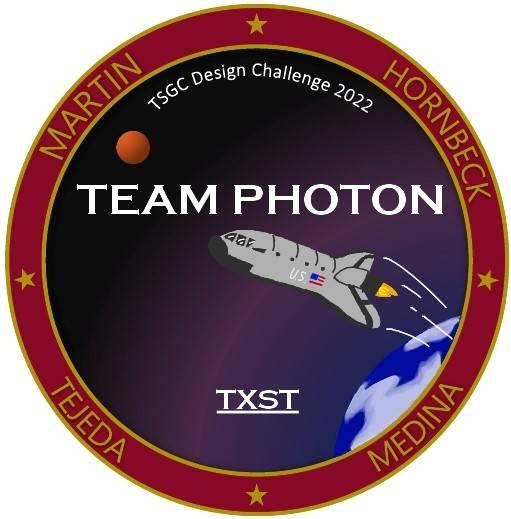
Sponsor: NASA TSGC
Student Team: Connor Martin, Patrick Hornbeck, Eric Tejeda, Richard Medina
Faculty Advisor: Mr. Mark Welker
The project under development by Team Photon is centered around creating a proof-of-concept graphics processing unit which can withstand some of the common errors associated with ionizing radiation during deep-space travel, such as single event upsets and single event latch-ups. The unit is based on consumer-off-the-shelf products and uses error correction/mitigation algorithms which are tested through a software-based error injection system. The project is intended to be a scalable system able to work with varying resolutions and is a step in the direction of radiation-hard graphics units.
E1.02 Vortex 1
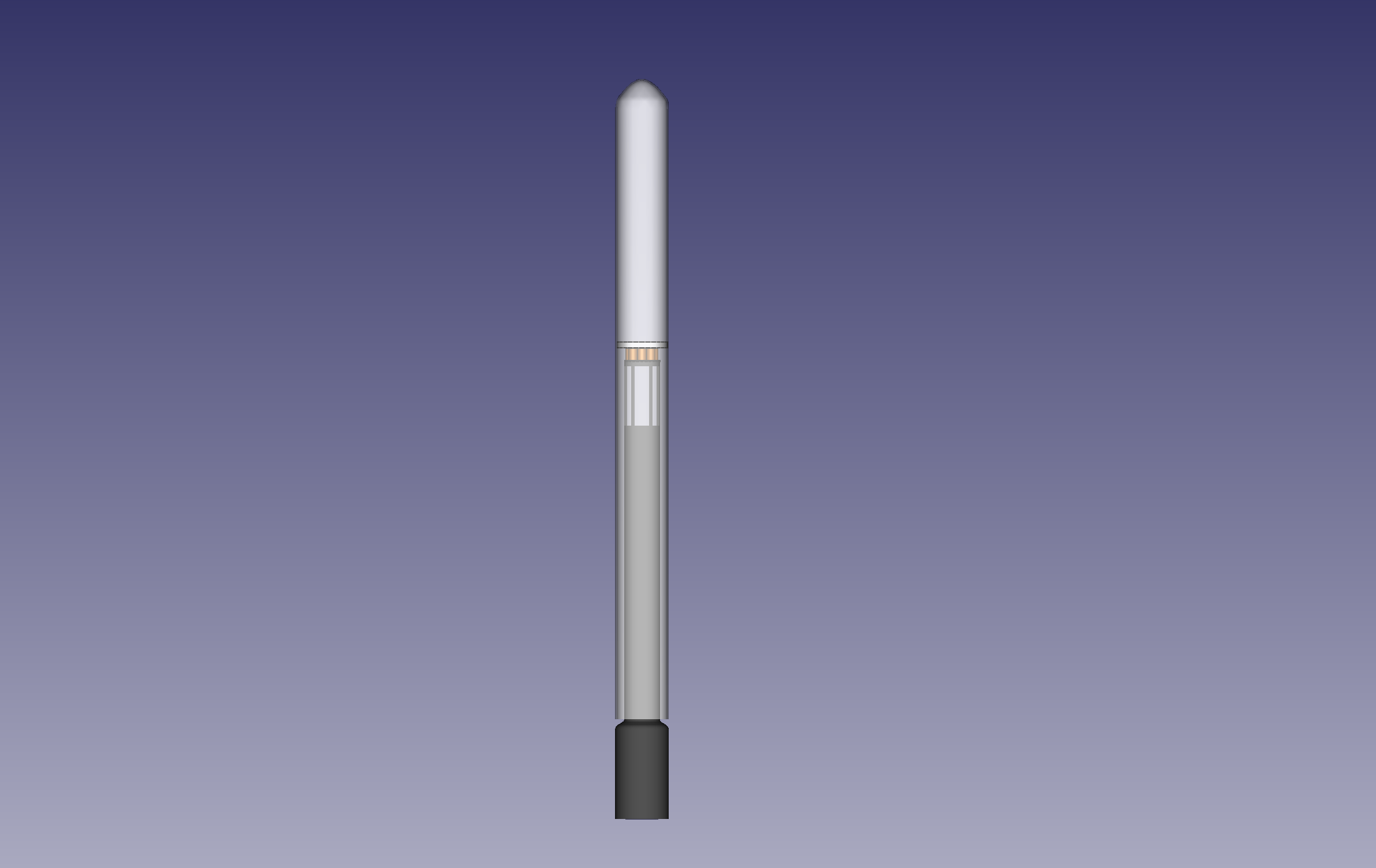
Sponsor: Dr. Rich Compeau
Student Team: Zachary Trascher, Matthew Crain, Ryan Middleton, Grant Page
Faculty Advisor: Dr. Rich Compeau
Our project is the Vortex 1: a bladeless wind-powered generator, resembling a long, shaking cylinder secured to the ground, that harvests crosswinds and outputs a steady DC voltage. The concept takes advantage of the phenomenon of vortex-induced vibrations: in a moving fluid, long structures will experience vortex shedding, where the low-pressure zone behind the structure will periodically collapse into alternating vortices. This results in alternating low-pressure zones on the left and right sides of the structure that will cause it to vibrate. The Vortex 1 uses a series of linear alternators to convert this motion into electricity.
E1.03 Wind Vortex Generator
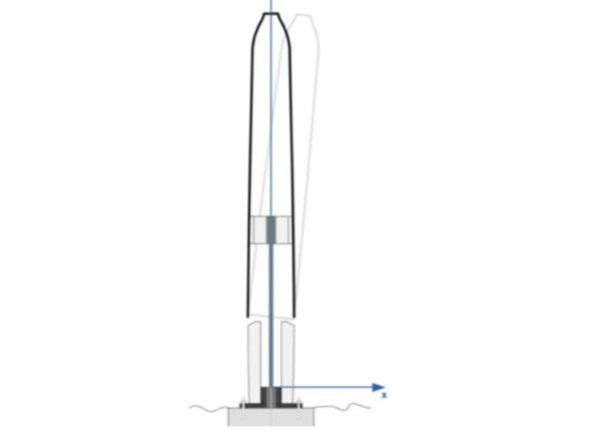
Sponsor: Dr. Rich Compeau
Student Team: Kayla Adderley, Ryan Fassnidge, Skylar Roath, Aaron Holley
Faculty Advisor: Dr. Rich Compeau
Wind Vortex generator is a project that’s goal is to produce power. The project converts vibrational motion produced by the wind into electrical energy. The project will then proceed to store the energy generated into a battery which can support charging accessories compatible with USB 3. Alternatively, to the traditional windmill (rotational motion) style generators, the Wind Vortex generator implements a rocking motion. The benefit of the rocking motion compared to the rotational motion, is the minimal risk to wildlife and a more ergonomic design compatible in more locations.
E1.04 PA System
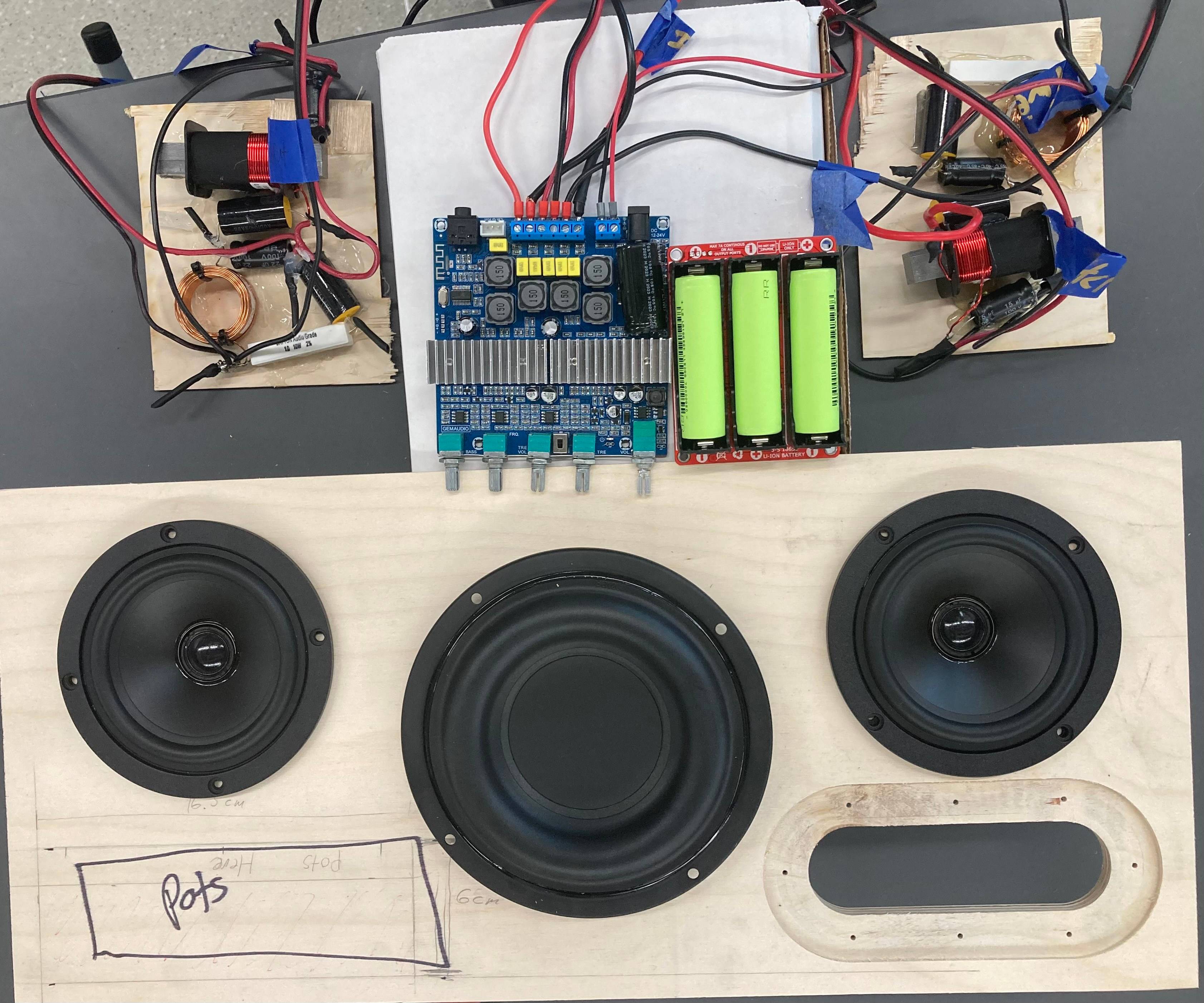
Sponsor: Mr. Mark Welker
Student Team: Jason Farrell, Mohammed Aldulaimi, Mohanad Rashad, Jesus Rivera III
Faculty Advisor: Dr. Karl Stephan
The PA system will be designed for a user to input up to six separate audio sources to produce a mixed audio output. The system will include a built in mixer to allow the user to adjust all input levels to produce a mix. The user will also be able to connect a wireless device to the speaker using Bluetooth. A stereo line out will also provide the user with the ability to output the mixed signal to a separate audio system of their choice. Upon completion, the PA system will be used by College of Science and Engineering to address audiences for events such as senior design day beginning in December 2022.
E1.05 Hoover Headphones
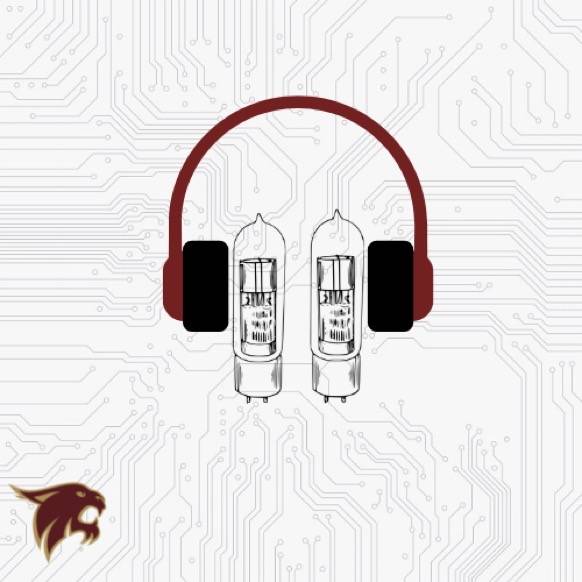
Sponsor: Dr. Richard Compeau
Student Team: Rolando Garcia, Dane Gonzalez, Jose Salinas, Daniel Sparrow
Faculty Advisor: Mr. Jeff Stevens
The ubiquitous use of audio technology has created a demand for engineers who understand and produce the devices that make audio communications possible. Our team will be building and characterizing a budget friendly vacuum tube headphone amplifier that will impart 2nd order harmonics on the output audio signal, resulting in the "tube sound". In addition, the product will serve as a valuable way to introduce students to audio electronics engineering, a field that is central to the operation of countless modern industries.
E1.06 Penbot 1
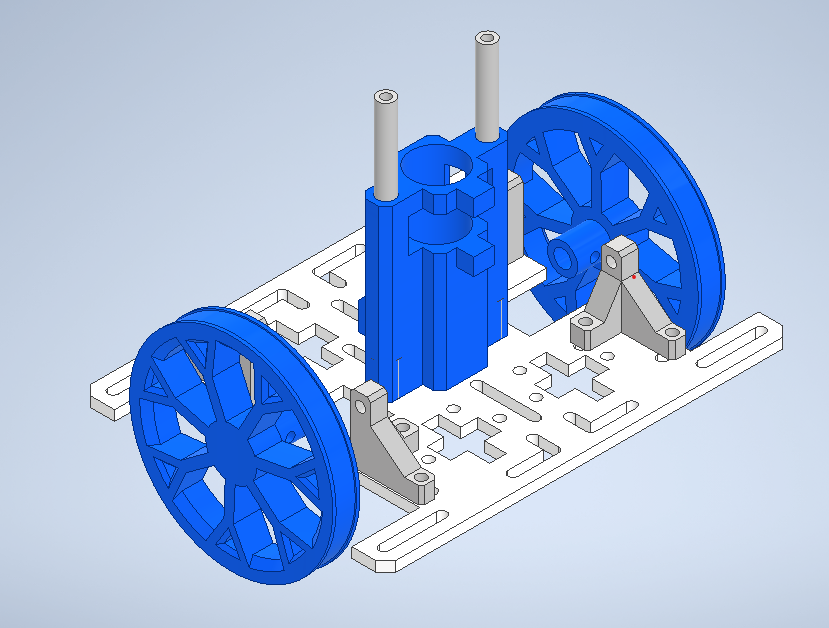
Sponsor: Mr. Lee Hinkle
Student Team: Thomas Denning, Chris Le, Diego Garcia-Mendez
Faculty Advisor: Dr. William Stapleton
Team Penbot 1 will demonstrate an autonomous vehicle that will be able to draw a picture autonomously after given a command. Additionally, this autonomous vehicle will have Bluetooth capabilities that enable wireless remote-control functionality through an IOS application built from the ground up.
E1.07 Team BotCats: PenBot
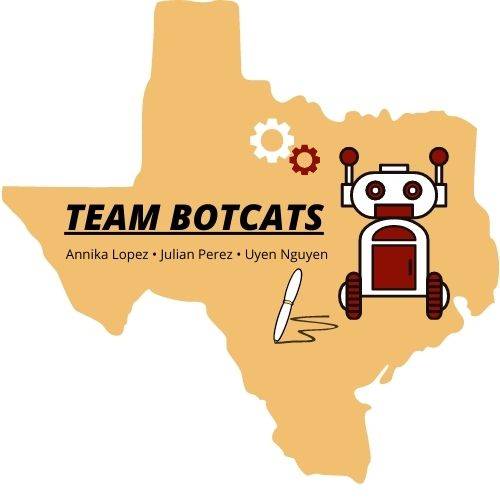
Sponsor: Mr. Lee Hinkle
Student Team: Annika Lopez, Julian Perez, Uyen Nguyen
Faculty Advisor: Dr. William Stapleton
Our PenBot product is a small autonomous vehicle which moves precisely on a flat poster board or whiteboard surface while creating line drawings. The PenBot’s movement is software controlled to first create simple shapes such as a circle, square, and triangle, and then progress to abstract, portrait, geometric and landscape drawings. The robot will be equipped with Bluetooth capabilities to allow for a digital user interface with drawing select and motion control features when it is not in its autonomous mode.